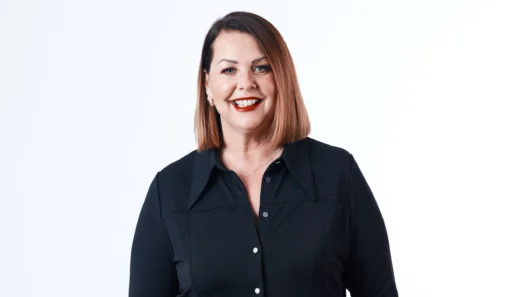Savills expects average UK house prices to rise by a solid 4% this year, driven by falling mortgage costs, but Knight Frank says prices will be “under pressure” in 2025. The company revised its growth forecast downward to 2.5%.
The two real estate agents' differing views on the market over the coming year come as the latest Halifax Home Price Index shows home prices rose 3.3% in 2024.
The lender said prices in the second half of the year had “increased in response to lower mortgage rates in parallel with income growth”.
Lucien Cook, head of housing research at Savills, said the agency was “confident that 2025 will be a positive year” for house prices.
Mr Cook added: “For the past two years, the direction of mortgage rates has been key to buyer decisions, with lower monthly mortgage costs reflected in increased confidence among prospective buyers, “This is fueling the slow rise in house prices that we have seen for several years,” he added. For months. ”
Savills said lower levels of home working and the need for a return to commuting hotspots in cities and metropolitan areas “will continue to drive London's stronger-than-expected performance over the past 12 months”. claim.
Mr Cook added: “We expect growth in the south-west and east of England to be less than that in the capital in 2025, with some residual impact from the unwinding of the space race.”
But Savills said the spring will be a watershed, saying “the recovery will be uneven and there will be marked differences between different buyer groups.”
The current stamp duty threshold of £250,000 will rise to its previous level of £125,000 in April, after Chancellor of the Exchequer Rachel Reeves decided not to extend this temporary relief in the October Budget. Reduce by half.
For first-time buyers, the stamp duty threshold will fall from £425,000 to £300,000, and the maximum purchase price for which FTB relief can be claimed will fall from the current £625,000 to £500,000.
Mr. Cook points out that: “FTB activity is expected to be brought forward to 2025 as buyers rush as stamp duty concessions expire in March. Meanwhile, relocation due to tough mortgage rate environment Moving companies with mortgage loans, which had been holding off, will likely return to the market.
“First of all, this is likely to be driven by need-based buyers, but as rates fall further, more movers will gradually return.”
However, Governor Knight Frank revised down the growth rate for house prices from 3% in August to 2.5%, citing the economic downturn.
Tom Bill, head of UK housing research at Knight Frank, said: “The Budget's rise in borrowing costs will put further pressure on current house price growth rates.”
He added that the agency's price cuts “reflect the challenging lending environment and the fact that economic growth is struggling to gain momentum.”
Mr Knight Frank pointed to official figures from late last year showing manufacturing output fell at the fastest pace in 11 months last week and the economy not growing between July and September.
Bill says current house price growth is “out of sync” with the rest of the economy.
He said: “Many buyers are stuck with mortgage offers of less than 4%, which were made before the Chancellor announced his economic plan on October 30.
“The agreement will be valid for up to six months, meaning some will be spared the increased borrowing costs caused by the Budget.”
Bank of England Governor Andrew Bailey last month said he would implement four “phased” rate cuts of 0.25% next year, raising the benchmark interest rate from the current 4.75% and pushing inflation to 2.6%, above the central bank's 25% target. He said he expected it.
But Bill said: “Financial markets now expect bank rates to be cut by two to three quarter points by the end of 2025, which is about three quarters fewer than expected in September.”
Mr Knight Frank added that April's stamp duty changes will cost movers up to £2,500 and up to £6,500 for FTBs.
“Wage inflation remains high (5.2% from August to October), raising the possibility of stagflation, a situation in which economic growth slows while prices and unemployment rise,” Bill said. This has led to speculation about this,” he said.
“The unenviable dilemma for central banks in this situation is whether to cut interest rates to encourage growth or keep them high to contain inflation.”






















